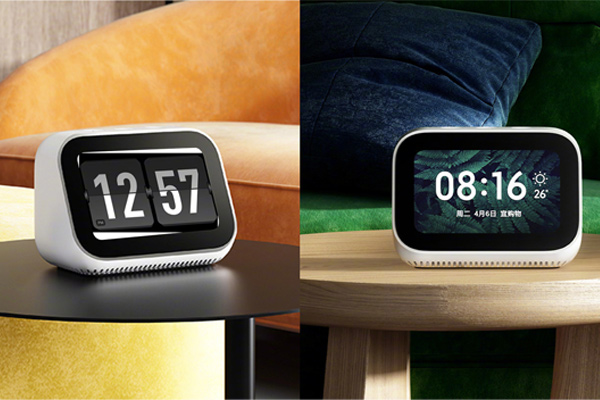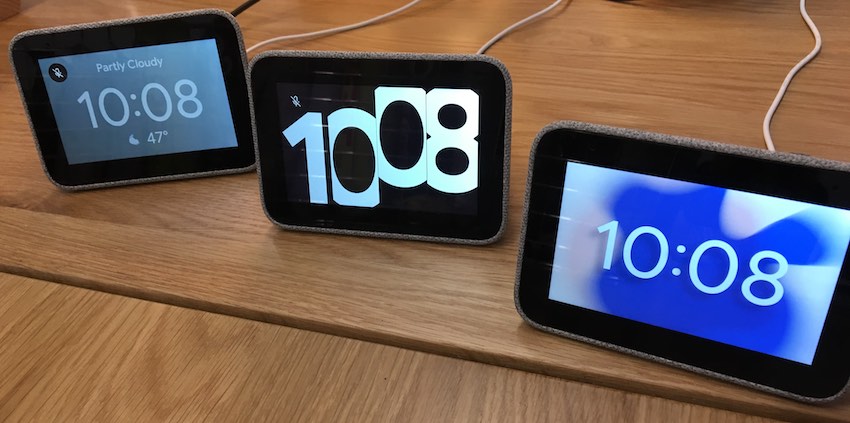Xiaomi Reveals New Smart Display Home Hub

Photo Credit: Xiaomi
Xiaomi announced yesterday, at the Mi 9 launch event, that it is working on a smart display, called the Xiao AI Touchscreen Speaker Box. No availability or pricing has been announced, although an open beta begins on February 28th. Xiaomi already has its’s own voice assistant, called XiaoAI, and outlets such as Android Pit and GizmoChina are reporting the device will integrate XiaoAI. However, other outlets, like Engadget, state it is unclear whether Xiaomi will include their own in-house voice assistant, suggesting the device might instead feature Google Assistant. This may be because outside of China, Xiaomi products integrate Google Assistant instead.
With few details released about the smart display, it is difficult to judge how it will stack up against other devices. However, the product announcement is evidence of the continued expansion of the smart display segment which just one year ago included only two devices in the U.S. and Europe, both from Amazon, and one device in China offered by Baidu. At least nine smart displays from six other vendors were announced or launched in 2018. Strategy Analytics recently reported that nearly 1-in-10 smart speakers sold in Q4 2018 were smart displays.
Similarity to Lenovo Smart Clock, Google Home Hub
The Xiao AI Touchscreen Speaker Box will feature a customizable clock face, a four-inch display, and an alarm function that can be used with either music or video. The device will be able to play content from iQiyi, Sogou, Tencent’s QQ services, and Sina. Availability of these services and platforms outside of China, however, are unknown at this point.
The inclusion of a clock face and a focus on alarm options does suggest a similarity to the Lenovo Smart Clock, announced at this year’s CES. The shape of the smart display, which can be seen in released photos, also mimics the Lenovo Smart Clock: a small triangular wedge with a touchscreen and clock face, placed on a bedside table. In addition, neither the Xiaomi smart display nor the Lenovo smart clock features a camera. Both the Lenovo Smart Clock and the Google Home Hub act as a catch-all controller of smart home products, and so will the Xiao AI Touchscreen Speaker Box. Users of the Lenovo smart clock and the Google Home Hub are able to control Google-compatible smart home devices. Xiaomi also boasts a robust lineup of smart home products, all of which will be compatible with the smart display.

Lenovo Smart Clock; Photo Credit: Voicebot.ai
Video Playback but Not Video Chat
Unlike the Lenovo Smart Clock, the Xiaomi smart display will be able to browse and play music and videos. The Lenovo Smart Clock features a user interface that is streamlined to only show users necessary information when sleeping or waking up, meaning it does not allow users to play videos, display pictures, or see steps for recipes.
The device seems to sit in between the functionality of the Lenovo Smart Clock, and the Google Home Hub, leading one to question similarity to the Amazon Echo Spot. The Echo Spot includes clock face options and smaller design focused on placement at the bedside table. However, the Xiaomi smart display does not feature a camera, and the Echo Spot does, as it is positioned by Amazon as a small display with all the functionality of a larger smart display.
This being said, the price, availability, and the choice of a voice assistant for overseas markets will all play a role in the Xiao AI Touchscreen’s success. With the open beta beginning February 28th, it will likely be some time before Xiaomi’s smart display is available in anymarket.
Xiaomi Forms 500-Person AI Team as It Looks to Expand Abroad








